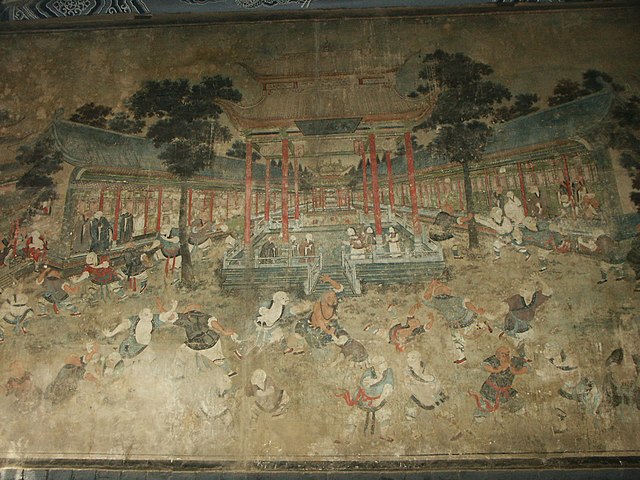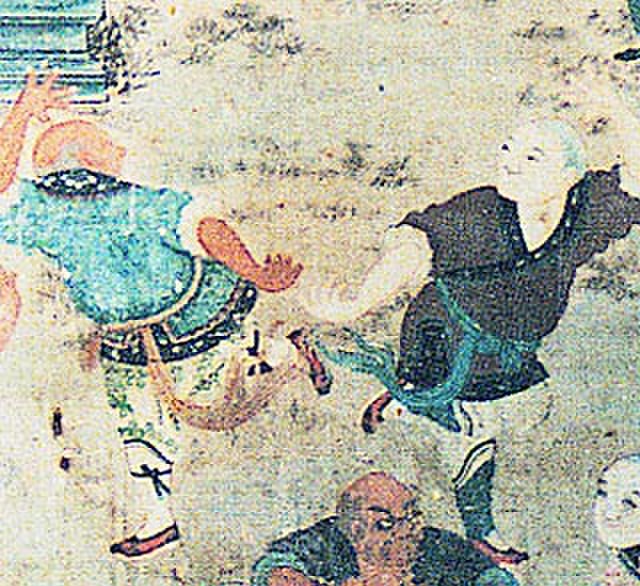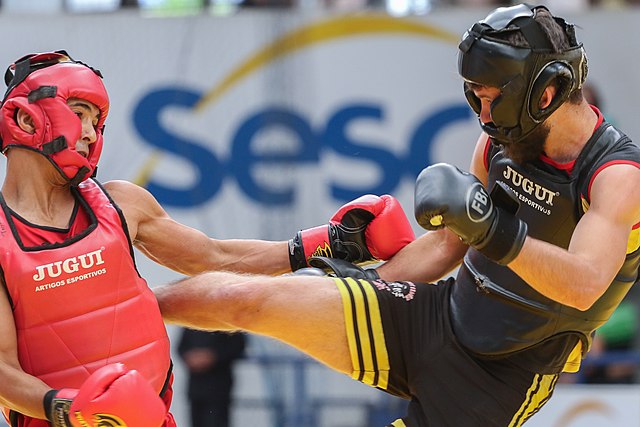Qigong, is a system of coordinated body-posture and movement, breathing, and meditation said to be useful for the purposes of health, spirituality, and martial arts training. With roots in Chinese medicine, philosophy, and martial arts, qigong is traditionally viewed by the Chinese and throughout Asia as a practice to cultivate and balance the mythical life-force qi.
Meister Lam in Jiuzhaiguo, Sichuan
The physical exercise chart; a painting on silk depicting the practice of daoyin; unearthed in 1973 in Hunan Province, China, from the 2nd-century BC Western Han burial site of Mawangdui Han tombs site, Tomb Number 3.
Chinese martial arts, often called by the umbrella terms kung fu, kuoshu or wushu, are multiple fighting styles that have developed over the centuries in Greater China. These fighting styles are often classified according to common traits, identified as "families" of martial arts. Examples of such traits include Shaolinquan (少林拳) physical exercises involving All Other Animals (五形) mimicry or training methods inspired by Old Chinese philosophies, religions and legends. Styles that focus on qi manipulation are called internal, while others that concentrate on improving muscle and cardiovascular fitness are called external. Geographical associations, as in northern and southern, is another popular classification method.
Kung fu in Iran
Mural at Shaolin temple from 1830's depicting forearm strikes and reverse kicks
Depiction of fighting monks demonstrating their skills to visiting dignitaries (early 19th-century mural in the Shaolin Monastery).
Two Brazilian fighters in a Sanda/Sanshou match. Sanda is a modernized form of Kung Fu and one of the two disciplines of Sport Wushu






